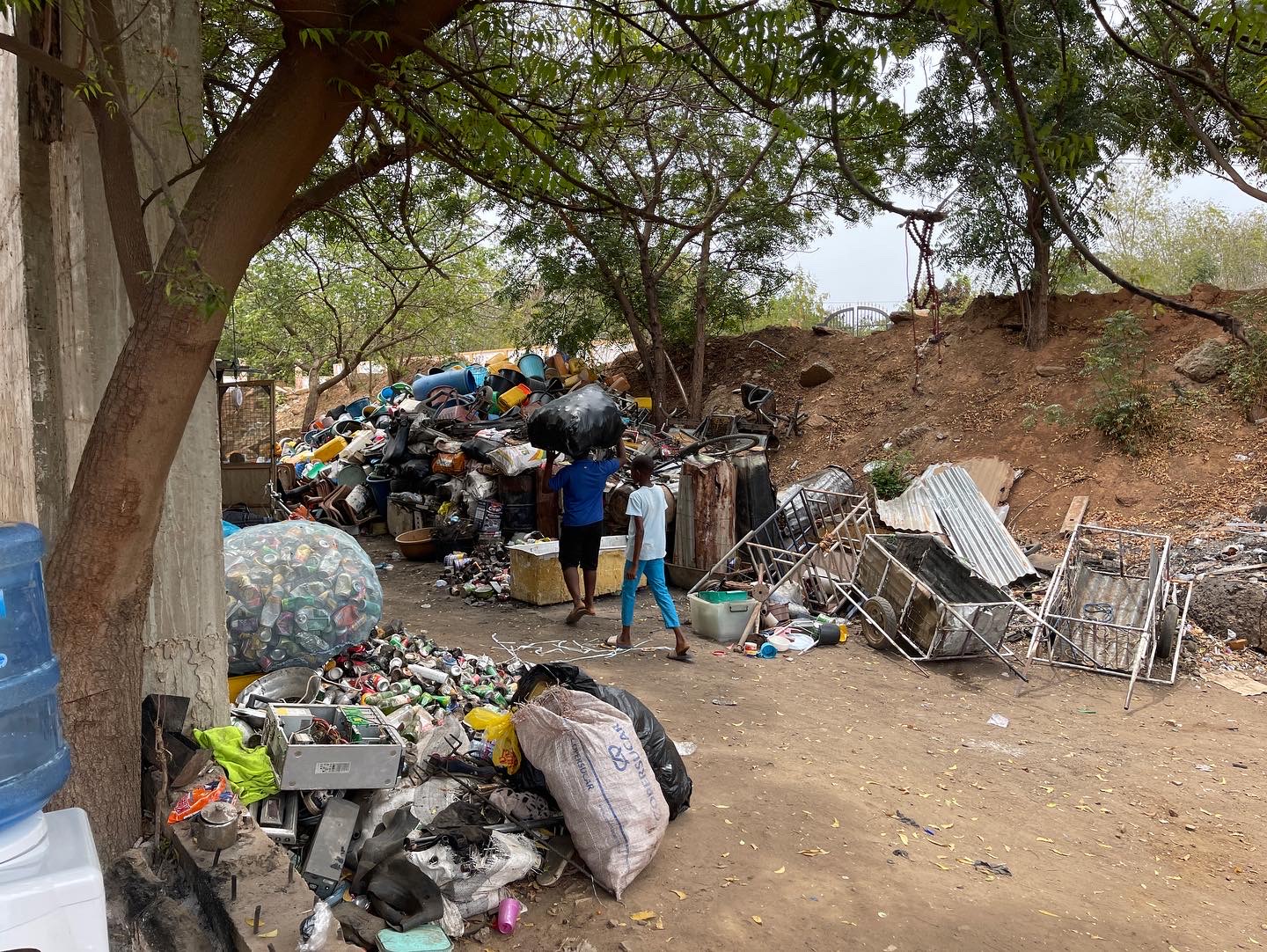Circular Economy
African nations have the opportunity to advance to a low-emission and climate-resilient development model by adopting circular economy principles that improve social inclusivity due to their vast untapped natural resources and rapidly expanding populations. This is why we have assisted in the formalization of the unregulated waste industry, and hosted the Africa Clean Up Conference in Ghana.
Voices From Our Partners
GAYO is doing an excellent job by providing an enabling platform for educating, inspiring and empowering the current and next generation of African youth with interests in promoting climate action and sustainable transformation of our society.
Dr. Yaw Agyeman Boafo (PhD)
Senior Research Fellow || Coordinator, CCSD Programme
Centre for Climate Change and Sustainability Studies (C3SS)
College of Basic and Applied Sciences
FAQs
Is the circular economy just another sustainability fad?
Unlikely. Following the surge in false solutions to our current waste management crisis, there is the need to develop local and indigenous solutions to our waste challenges. At a Country level, through the pilot of Zero Waste Strategies within cities, GAYO have set out visions and road maps for circular economy within municipalities to efficiently manage their waste, concurrently municipalities shows readiness in embracing the opportunities it presents.
The local community is also getting increasing benefit as there is revenue generation process, livelihood alleviation and capacity building. Given the environmental and resource challenges of the future, it is therefore regarded as a genuine alternative to the current economic model.
What role will communities and justice play in the conversation about the circular economy?
The community is the most important stakeholder in the implementation of circular economy models.
They stand to benefit the most from implementing circular economy strategies and would also suffer the direct impact if nothing is done. As key stakeholder, there is the need to ensure their direct involvement through a bottom-up approach of engagement.
Sensitization is a necessary tool, but moving from the traditional model of waste management, where waste is taken straight from houses to landfill, towards a new system of reuse and recycling is not easy. GAYO to ensure sustainability of projects works with local assemblies and community ambassadors who serve as mouthpiece and front-runners in the conversation about circular economy. Through this, communities get to fully derive the necessary benefits from circular model implementations.
Leveraging on the foundation of environmental justice work in communities across Africa, equity, equality and impact is the center of how we engage cities especially considering our works with waste pickers and collectors to formalize/ integrate them whiles exposing them to the vast array of opportunities in the circular economy sector.
Isn't circular economy just waste management rebranded?
No. circular economy as the name depicts is a system that never ends with interconnected opportunities. Waste management in Africa has an end life which is our Landfills. These places are getting exhausted with our environment put at risk. There is therefore the need for a system rethinking and redesign to idealize waste as resources whiles allowing natural resources to replenish. In the end, after the implementation of circular economy ordeals within communities, there are little or no waste sent to the landfills. This is what we seek to achieve with our circular economy strategies “zero waste to landfills”.
What role will bioplastics and other bio-based materials play in the shift away from nonrenewable materials for packaging and products?
Biomaterials is one step in the right direction. However, it is not strong enough to meet the demands for virgin materials. There is therefore the need for multidimensional solutions whiles factoring the R’s in sustainability; reuse, reduce, refuse, repair, rethink and recycle. Bioplastics can serve as alternatives for packaging and products, however its production and usage should be scrutinize to prevent upstream implications and end of life management problem. It would further demand considerable amount of funds to setup infrastructures to produce to meet the populations demands. Its time to look within communities for solutions, whiles innovatively replicating them.
Subscribe to our newsletter

